40 Health Risks That Skyrocket After 40

Some people dread turning 40, but it certainly isn’t considered such an ancient age in the way it was only a decade or so ago. And some even say life doesn’t really take off until 40. You’re cemented in your career, you’ve mastered that relationship thing, and, hey, you might even be raising a family. Once you reach the milestone age, chances are you have a better sense of who you are and what you want out of life—and you hopefully have the ability to go out and get it.
However, hitting the big 4-0 does come with its fair share of concerns, not the least of them being rising health risks. Just like your chances of suffering severe symptoms from COVID-19 increase as you get older, so do does your risk of developing a number of health conditions. As with most things, the best offense is a good defense. By arming yourself with knowledge of what to expect, you can help protect yourself against many of these potential health issues. With that, here are 40 common conditions to look out for after 40. And for more on what to look out for when it comes to one condition in particular, check out 40 Early Signs of Alzheimer’s Everyone Over 40 Should Know.
1
Cardiovascular disease

The risk of cardiovascular disease (CVD) increases exponentially with age. In fact, according to 2013 data from the American Heart Association, about 70 percent of people between the ages of 60 and 79 have some form of CVD. When factoring in for those over 80, that number jumps to an average of 85 percent. So it’s important to start taking measures to improve your heart health in your 40s, including staying physically active and maintaining a healthy diet. And for more tips to stay healthy as you age, check out 40 Heart Risk Factors You Need to Pay Attention to After 40.
2
Chronic fatigue

Chronic fatigue—defined as a condition of regular tiredness, not tied to an illness, that lasts longer than six months—affects those of all ages (except, perhaps, growing teenagers). But, according to Harvard Medical School, it’s far more serious if you’re in your fifth decade. Once chronic fatigue sets in after you pass 40, it can be exponentially more difficult for your energy levels to return to what they were before the condition.
3
Stress
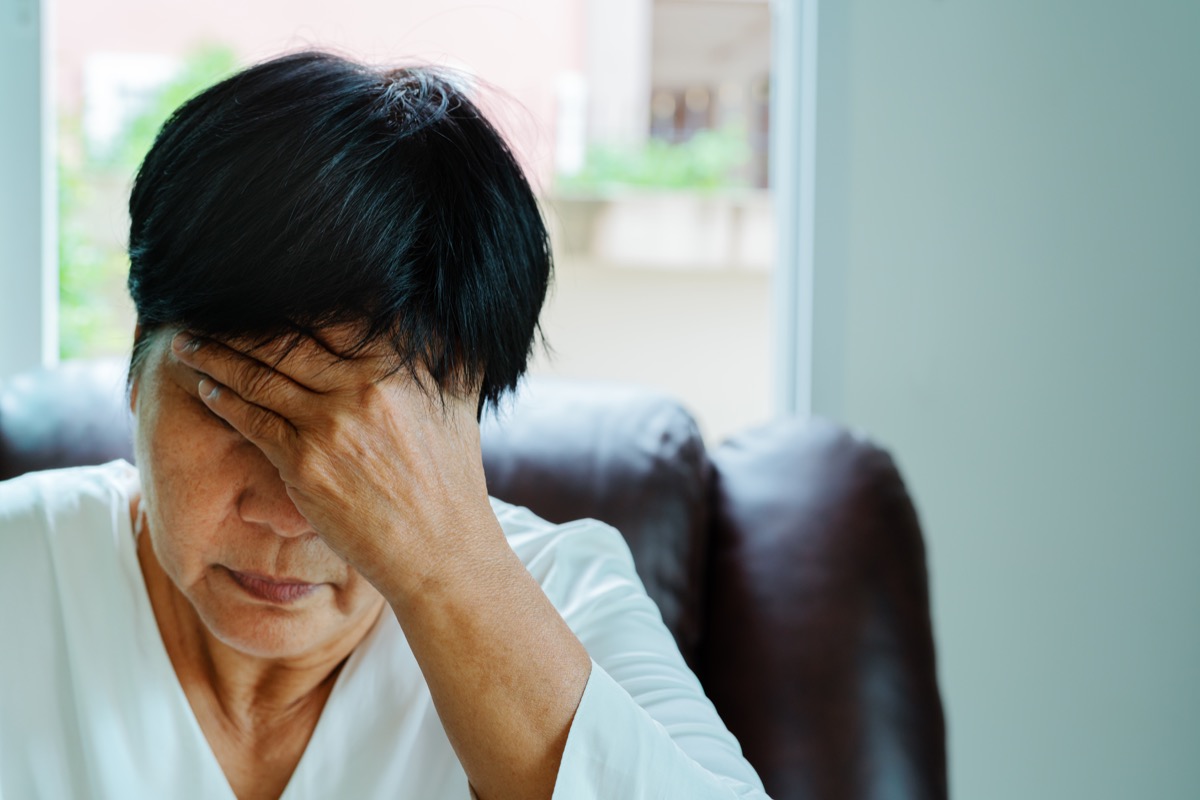
It’s almost impossible to avoid stress in your 40s, not to mention during a pandemic. After all, you’ve likely got a heaping load of responsibility on your plate. Nonetheless, it’s important to manage such stress—taking a vacation or, at the very least, a personal day once in a while—to avoid enduring some of the more life-altering side effects stress can bring, such as weight gain, high blood pressure, hair loss, depression, and an increased risk of heart attack and stroke. And for more ways feeling overwhelmed can take its toll, check out 18 Silent Signs Your Stress Is Harming Your Health.
4
Loneliness

According to a 2015 study published in Perspectives on Psychological Science, social isolation is associated with “increased risk for mortality.” Given that many folks find themselves with fewer close friends in their 40s—with much of their free time for socializing swallowed up by work and other obligations—it’s crucial to take steps to avoid loneliness.
5
Periodontitis

According to the National Institute of Dental and Craniofacial Research, about 17 percent percent of folks over the age of 65 have periodontal, or gum, disease. Though aging is a periodontitis risk factor that you don’t have much control over, you can control some other factors that cause the disease: smoking, substance abuse, and flossing. (Yes, your dentist was right.) And for the things you are doing that would shock your doc, check out 25 Things You’re Doing That Would Horrify Your Dentist.
6
Epstein-Barr virus

Epstein-Barr Virus, or EBV, is the virus that causes mononucleosis—and once a person is infected with it, they can carry a latent form for the remainder of their lives. In fact, when Duke University researchers tested subjects over the age of 60 for EBV, they found that anywhere from 90 to 97 percent of them had it in their blood.
7
Lower back pain

To be sure, no one is safe from lower back pain. Behind the common cold, it’s the second-most-common reason Americans head to the doctor. But it’s far more likely to strike in your later years: In fact, some studies suggest 70 percent of older adults will experience regular back pain. And for more helpful information delivered to your inbox, sign up for our daily newsletter.
8
Vitamin D deficiency

Vitamin D—which is most readily available in nature from direct sunlight or foods like eggs and fish—is an important nutrient that assists in everything from building strong bones to regulating your body’s vital mineral levels. Unfortunately, though, with age comes vitamin D deficiency. In fact, one 2017 study published in the journal Nutrients determined that approximately half of all people over the age of 65 don’t have enough vitamin D in their blood.
9
Low magnesium

If you have high cholesterol levels—which tend to increase with age—it might be due to a nagging lack of magnesium, says Dr. Carolyn Dean, author of Atrial Fibrillation: Remineralize Your Heart. “If there is not enough magnesium to limit the activity of the cholesterol-converting enzyme, we’re bound to make more cholesterol than is needed.” That’s exactly why, she says, in our “present-day circumstances of magnesium-deficient soil…cholesterol has become elevated in the population.”
10
Elevated homocysteine

Dean notes that “20 to 40 percent of men over 40 have elevated levels of homocysteine.” While it’s a chemical you might not be fully aware of, men with “high levels have almost four times the risk of suffering a heart attack,” she says.
Some ways to reduce this dangerous byproduct of digestion include avoiding dairy and red meat, exercising, and reducing or eliminating alcohol consumption.
11
Breast cancer

People of all ages, ethnicities, and yes, genders should have breast cancer on their radar, but it’s an especially pressing health concern for women over 40. One in eight women in the United States will develop breast cancer in her lifetime, while, according to the American Cancer Society, for men, the lifetime risk of getting breast cancer is about 1 in 833. Still, 500 men die from the disease every year, so it’s worth being aware of.
12
Pneumonia

Pneumonia is an infection of the lungs that can be deadly if left untreated. In fact, in 2013 alone, pneumonia and the flu were responsible for 56,832 deaths in the United States, making them the eighth-deadliest diseases in the country. While it’s natural to think that the condition affects the young and the old alike, it’s far less common among children. According to one 2009 study published in the Journal of Aging and Health, there are four times as many cases of pneumonia seen in elderly patients every year than there are in individuals under the age of 65.
13
Hearing loss
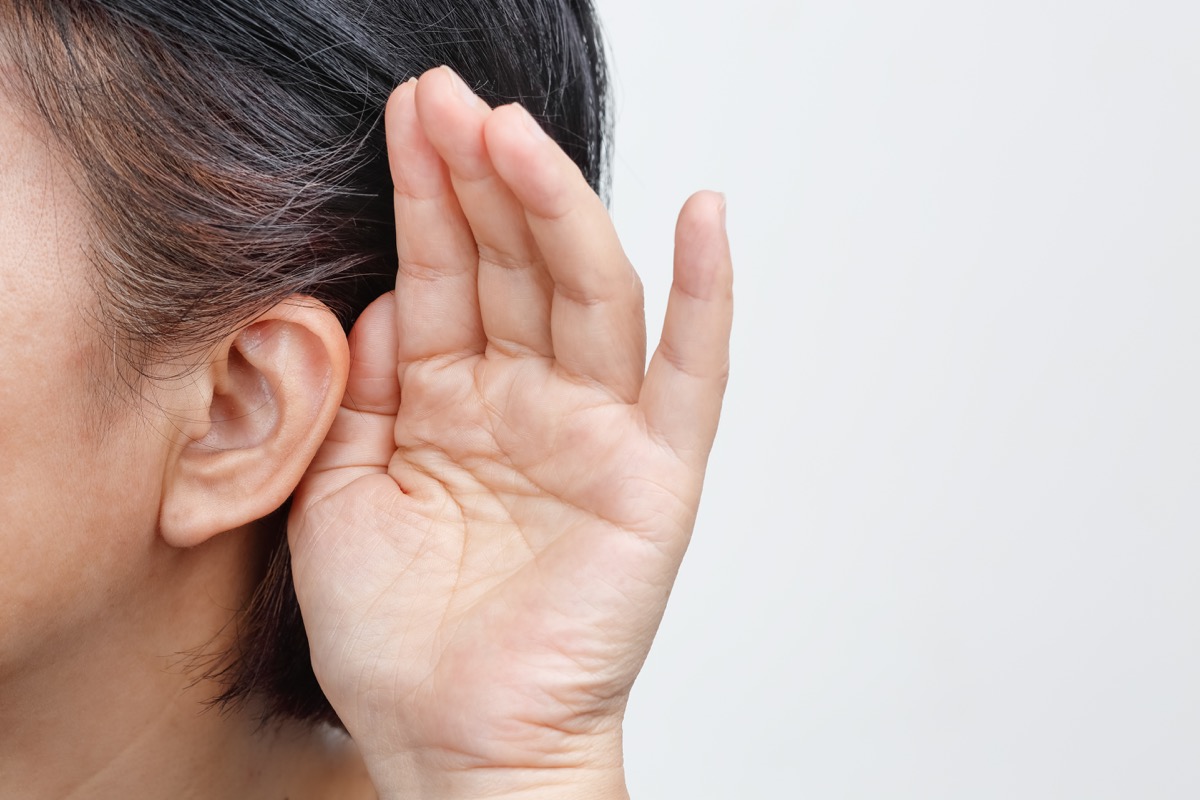
According to the National Institute on Aging, approximately one-third of all individuals between the ages of 65 and 74 suffer from some form of hearing loss, and almost half of all people over the age of 75 have trouble hearing. Though some individuals will try to suffer through their hearing issues, it’s important to note that these problems can get worse if left untreated. Scarier yet, the results of a 2011 study published in JAMA reveal that untreated hearing loss is associated with an increased risk of dementia.
14
Alzheimer’s
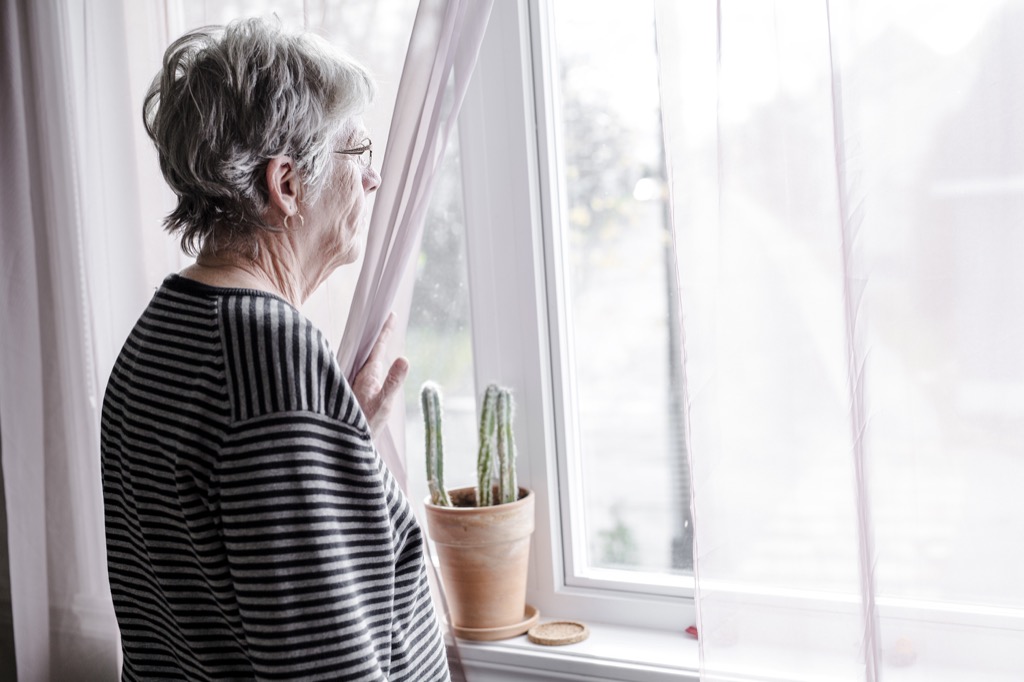
Alzheimer’s is one of the most serious health risks after 40, and one that women should watch out for more than men. According to a report from the Alzheimer’s Association, approximately two-thirds of all Americans with the disease are female, as women tend to be more sensitive to the genes that cause Alzheimer’s when compared to their male counterparts. Still, it’s something everyone should keep an eye out for. Catching Alzheimer’s and other forms of dementia early may help slow the progression of the disease.
15
Memory loss

Memory loss means more than just forgetting your keys: It means a frequent inability to remember even the most basic things. As you age, your risk of memory loss spikes dramatically—in fact, according to a review of research published in the British Medical Journal (BMJ), by age 65, an estimated 45 percent of adults will be dealing with some form of memory loss or another.
16
Kidney stones

No, kidney stones don’t just affect men. In fact, according to one 2004 study published in BMJ, kidney stones affect about 5 percent of the population (though, yes, are twice as likely in men than women). While the peak age for their occurrence is 30, the chances of forming a second kidney stone after passing a first jumps to an absurdly high 50 percent in the following five to seven years.
17
Incontinence

Incontinence—politely, “the inability to hold it in,” due to a weakening of muscles in the bladder and urethra—tends to come about with age. According to one 2001 study published in Ochsner Journal, up to 20 percent of older individuals are limited by the condition.
18
Falls

Falling is a serious health risk as we begin to age. According to one study of 57,000 subjects published in The Journal of Trauma: Injury, Infection, and Critical Care, elderly patients are three times as likely to die due to injuries sustained from a ground-level fall compared to individuals under 70 years old.
19
Hip injuries

According to the CDC, more than 300,000 individuals over the age of 65 are hospitalized annually for hip fractures, many of which are the direct result of falling. Such fractures become more dangerous—and can even be life-threatening—with age, so be extra vigilant when it comes to slippery floors and icy sidewalks.
20
Concussions

A concussion when you’re young is… Well, not great. But when you’re older, it’s far worse. Concussions can cause headaches, confusion, dizziness, and, according to a 2012 study in Exercise and Sports Sciences Reviews, permanent cognitive impairment if left untreated.
21
Stroke
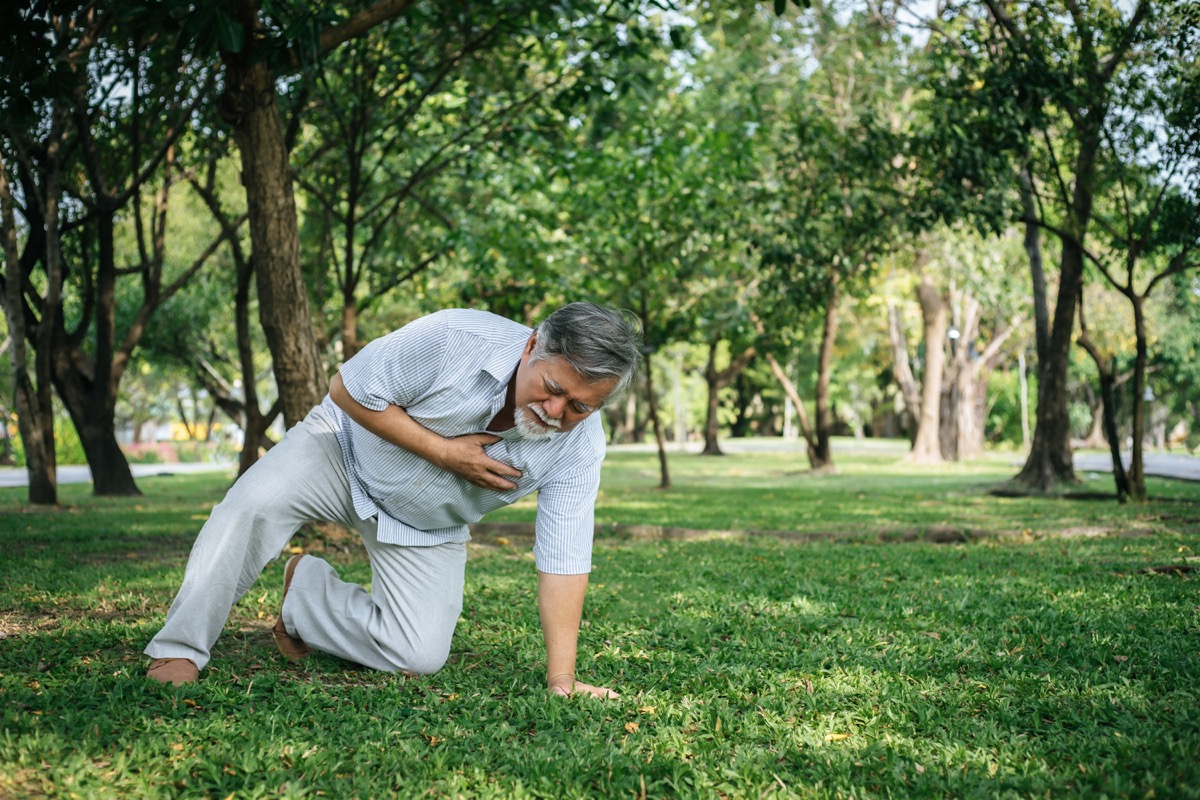
According to a 2011 study in the Journal of the American Geriatrics Society, the risk of suffering a stroke doubles each decade after the age of the 45, meaning it’s high time to start paying attention to your own risk factors. Among other things, these include smoking, elevated blood pressure, and a sedentary lifestyle.
The good news? You needn’t commit to marathon training to lower your risk: Per a landmark study out of Columbia University, even leisurely physical activity can slash your risk of stroke.
22
Type 2 Diabetes
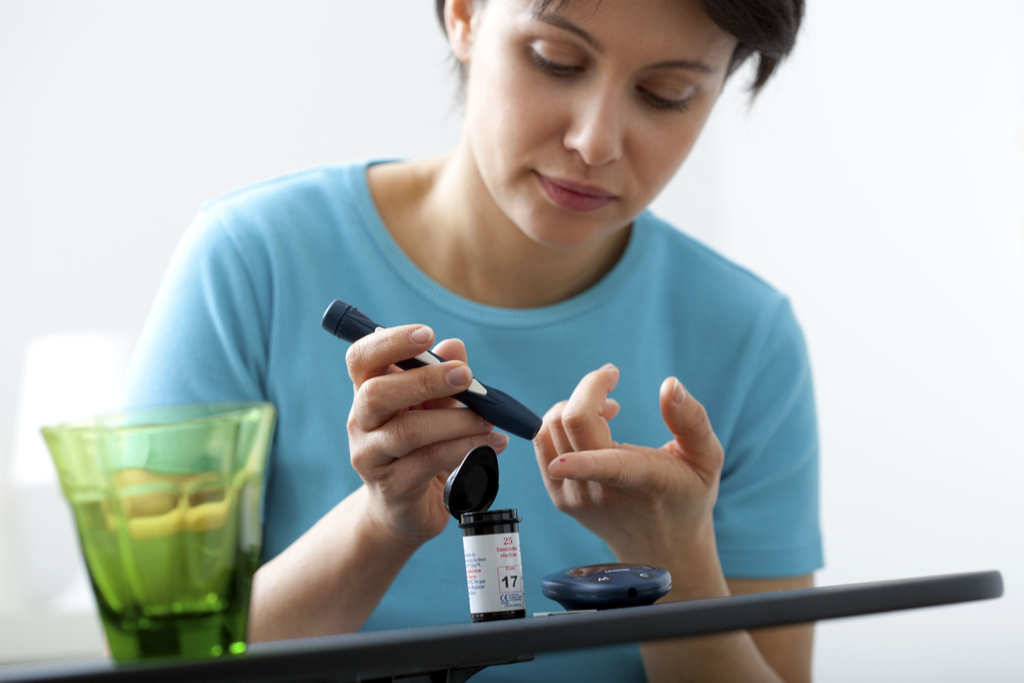
Type 2 diabetes is the result of your body producing insulin, the pancreatic hormone, but not utilizing it in an effective manner. While, according to the National Institute of Diabetes and Digestive and Kidney Diseases, some risk factors are within your control—your weight, say, or your cholesterol—there’s one major one that isn’t: being over 45.
23
Osteoporosis
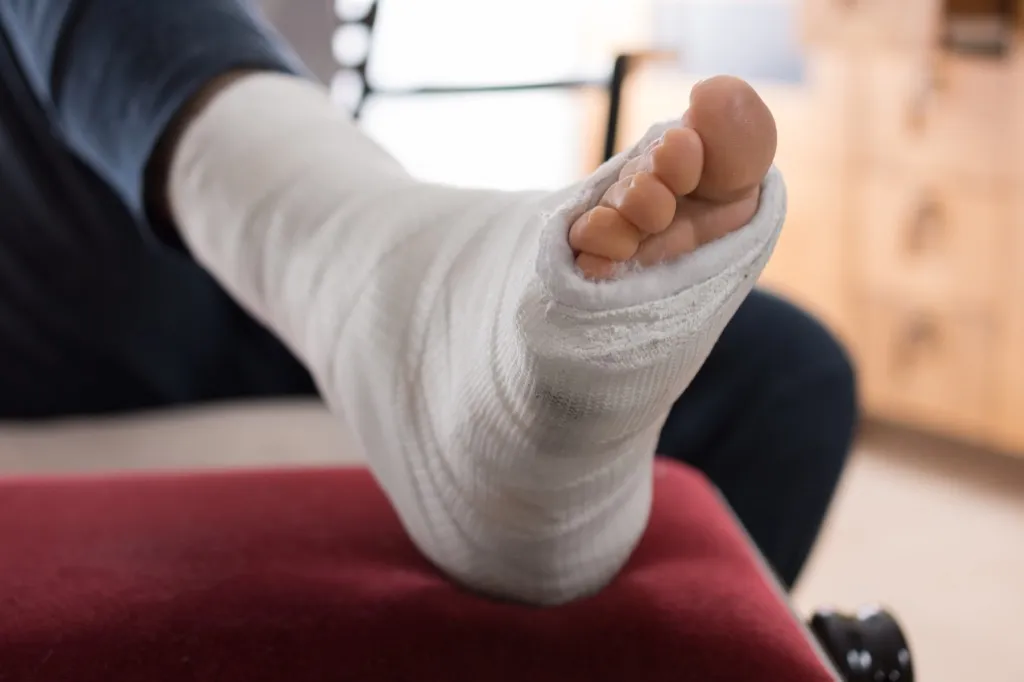
Once you pass 40, your risk of osteoporosis—a disease that weakens the bones and exponentially increases the risk of a major break—skyrockets. In fact, according to the National Osteoporosis Foundation, one in two women and one in four men over 50 will break a bone as a result of the condition.
24
Chronic obstructive pulmonary disease
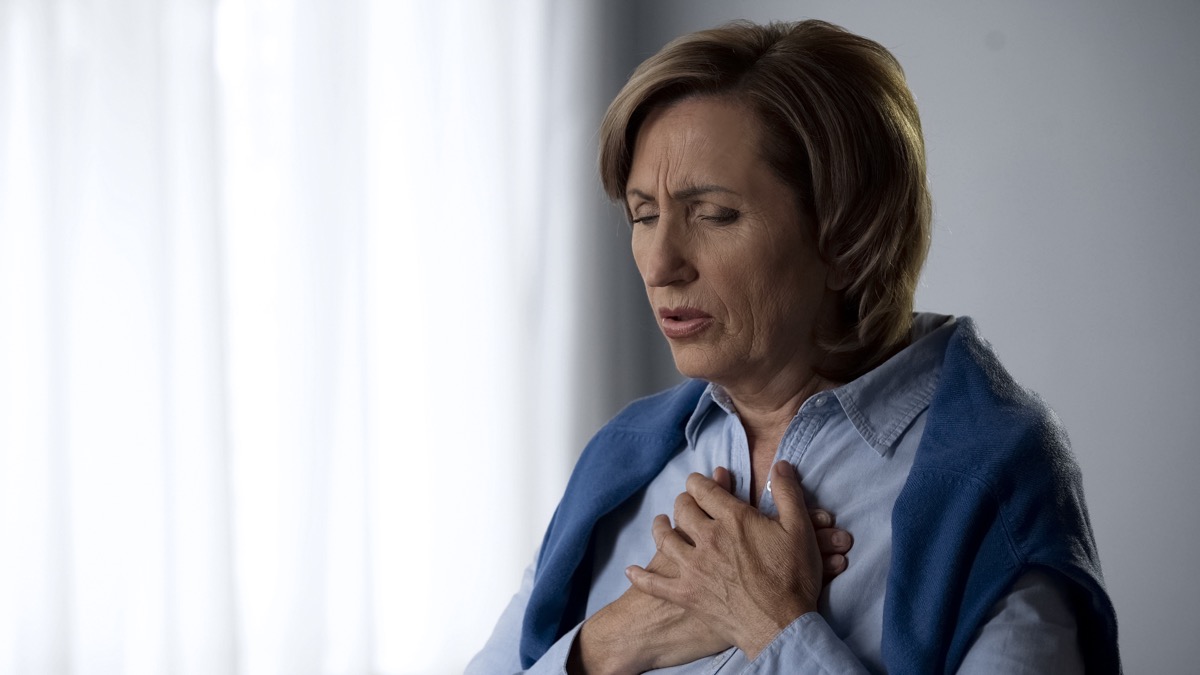
Chronic obstructive pulmonary disease (COPD) is a debilitating condition caused by external substances, like smoke, that affects the lungs and makes it hard to breathe. Though COPD is frequently found in the geriatric community, one 2012 study published in the journal JAMA noted that “the treatment of the older patient with COPD is highly challenging” thanks to conditions like osteoporosis that are more prevalent in individuals over 40. And while COPD rates have been on the decline among men for years, rates of COPD among women have not significantly diminished since 1999. (Still, men are affected at a 9 percent higher rate than women.)
25
Emphysema
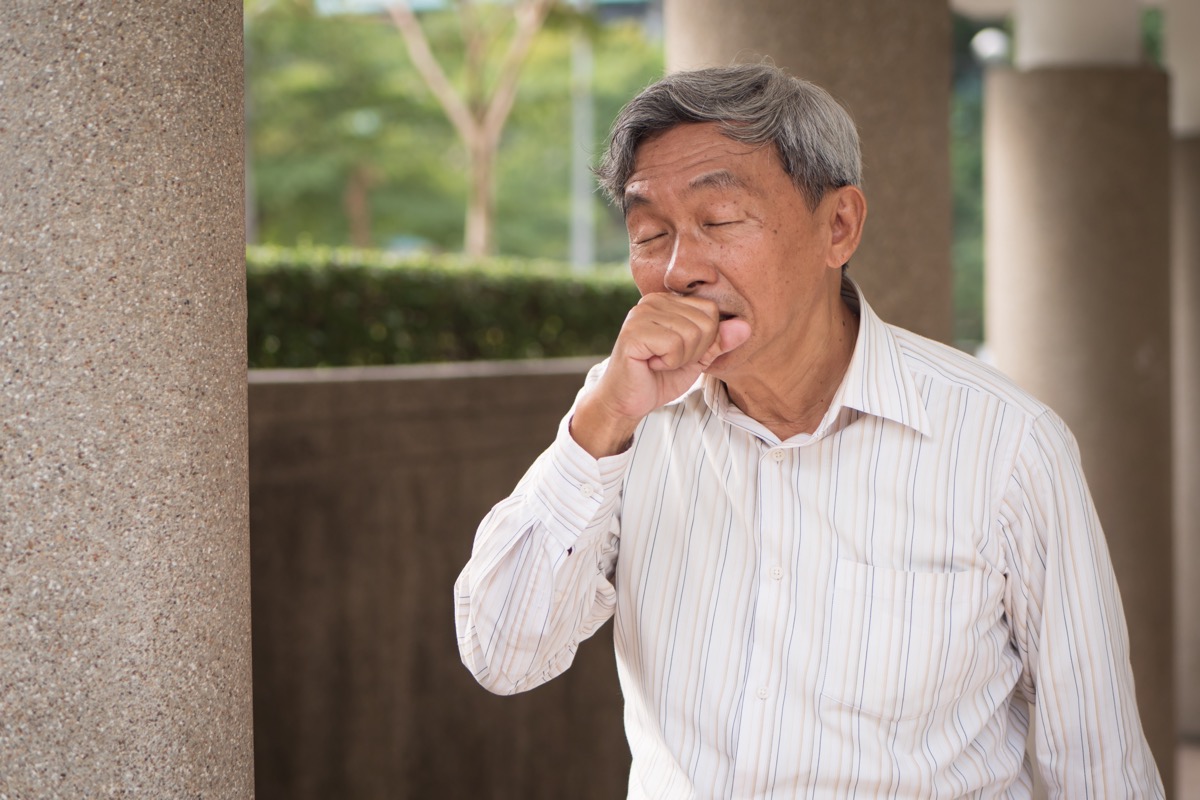
Emphysema is a condition in which the lung’s air sacs are damaged, leading to chronic shortness of breath. Because the main cause of it is long-term exposure to airborne irritants–such as pollution, dust, or smoke (especially tobacco smoke)—the risk of developing emphysema increases with age. According to the Mayo Clinic, tobacco-related emphysema most commonly shows up between the ages of 40 and 60.
26
Obesity
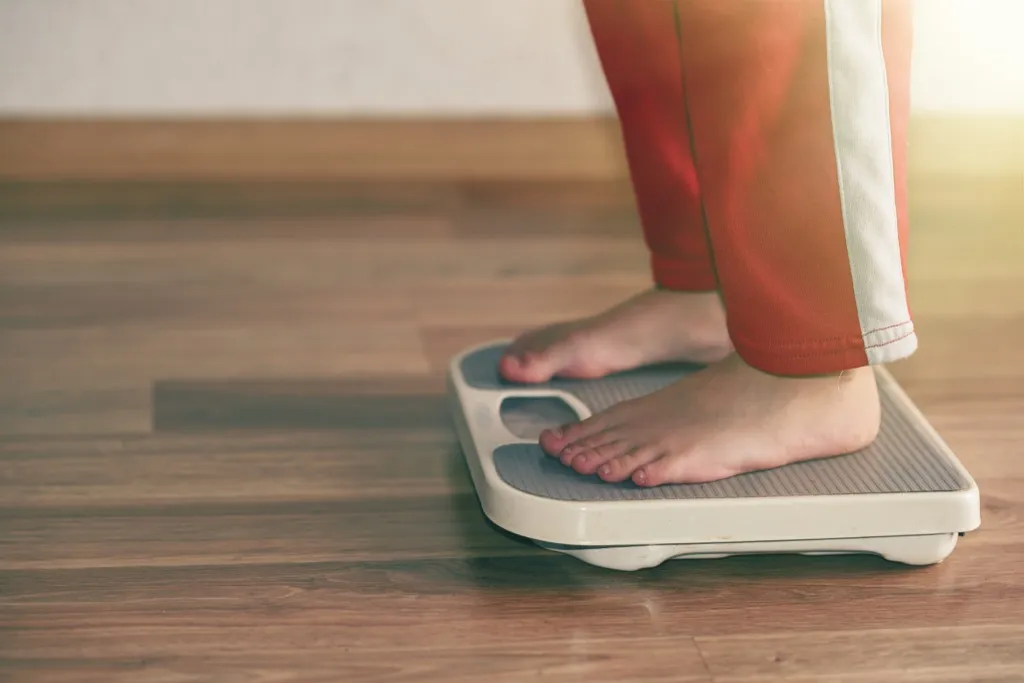
In your 40s (and beyond), you can no longer rely on your metabolism to keep you slim and healthy. But many older individuals seem to have trouble adjusting their lifestyle to accommodate that metabolic slowdown. In fact, one 2009 study published in the Online Journal of Issues Nursing revealed that the number of older adults struggling with obesity has doubled in the past 30 years.
27
Tendinitis
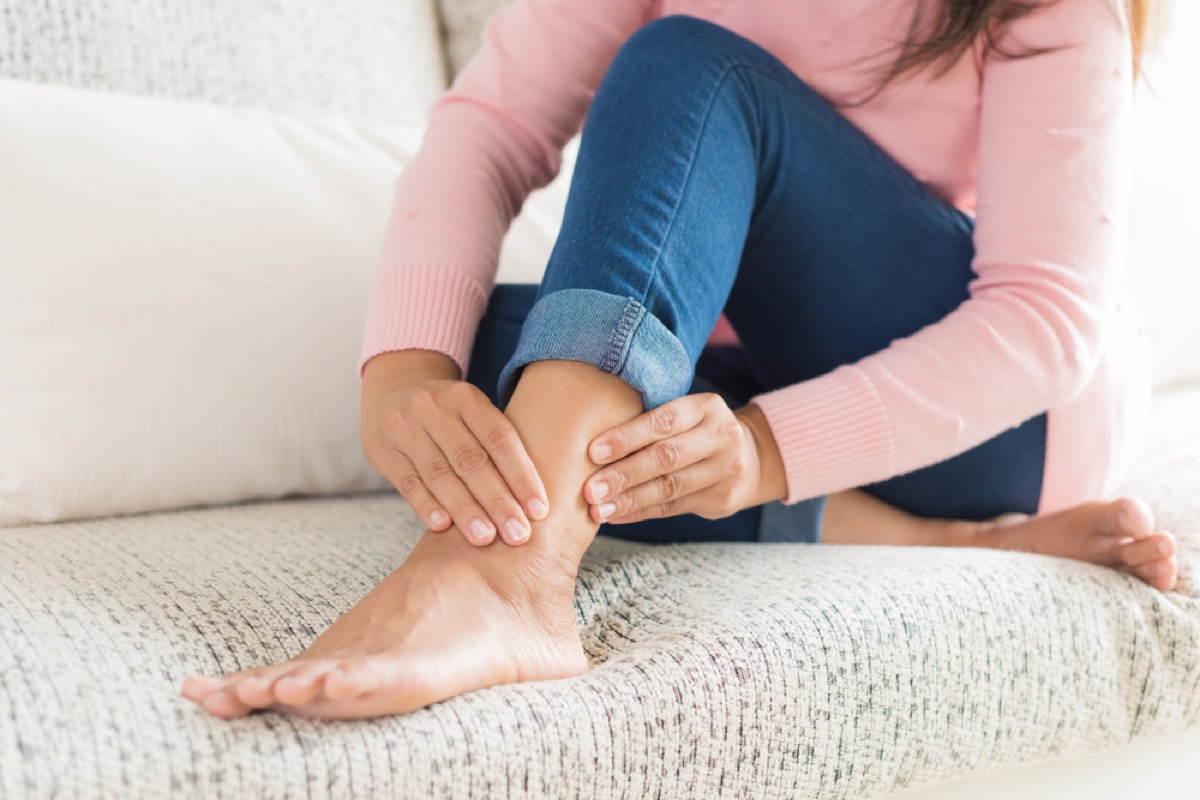
As you age, your tendons become less able to tolerate stress and movement, leading to an increased risk of tendinitis. This painful condition—in which a tendon becomes inflamed—can be caused by everything from gardening to tennis, and is likely to linger if not treated. If you begin to feel pain in your joints, cease the activity likely causing it immediately and try icing the injury; if the pain persists, over-the-counter anti-inflammatories may help, but you should consult a doctor as well.
28
Glaucoma
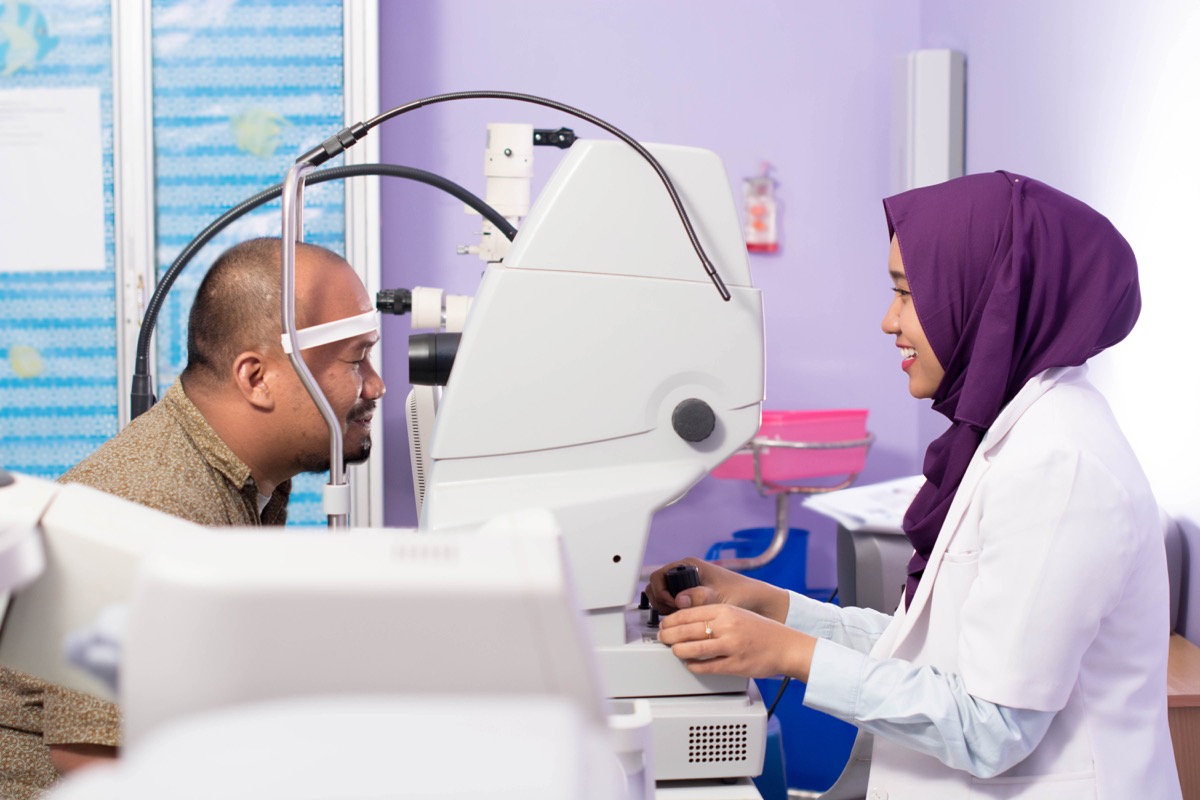
According to research from the American Academy of Family Physicians (AAFP), approximately one out of every three people will suffer from some form of vision loss by the time they’re 65. One eye disease that patients should especially watch for once they’re over 40 is glaucoma, a typically hereditary condition that damages the optic nerve. Glaucoma tends to be asymptomatic at first, but if left untreated, it can cause permanent blindness. So it’s important to see the eye doctor every year or two just to confirm that everything’s OK, even if there doesn’t appear to be any problem.
29
Cataracts
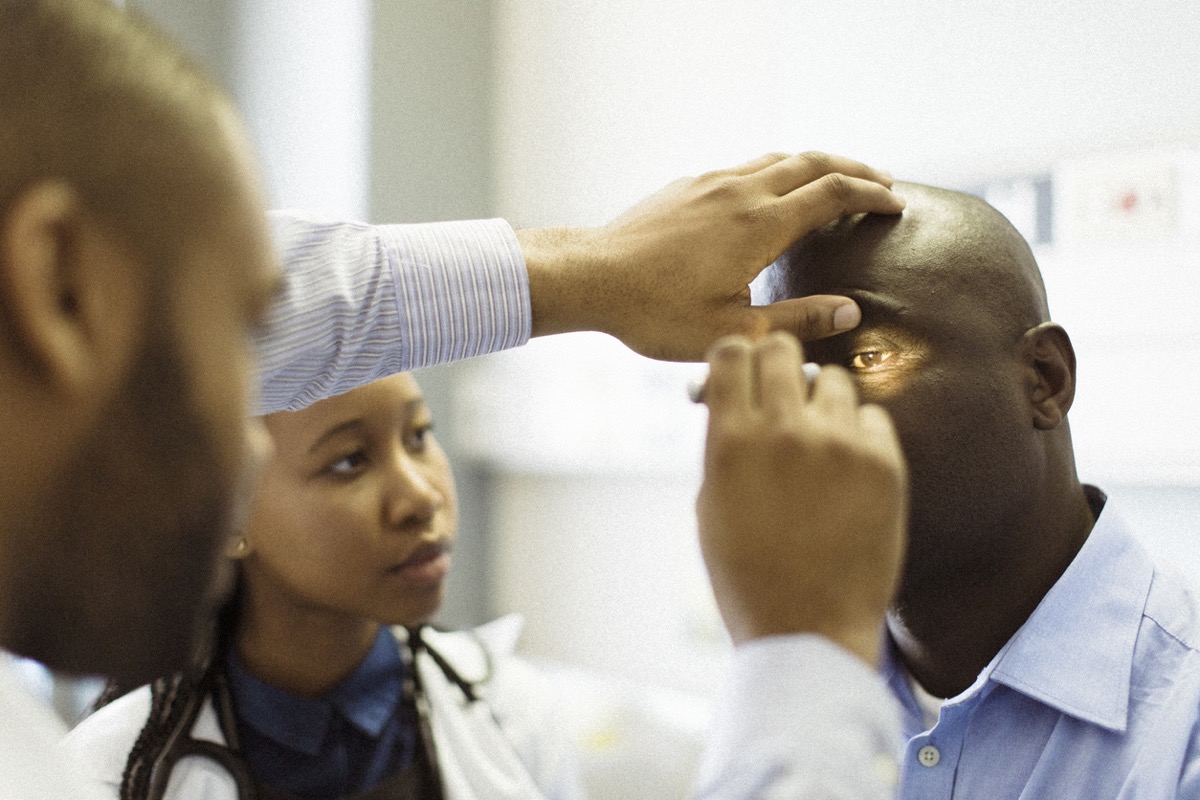
According to the AAFP, fewer than 5 percent of folks under the age of 65 suffer from cataracts. On the other hand, nearly half of all individuals over 75 suffer from them. So they’re definitely something to be aware of.
30
Huntington’s disease
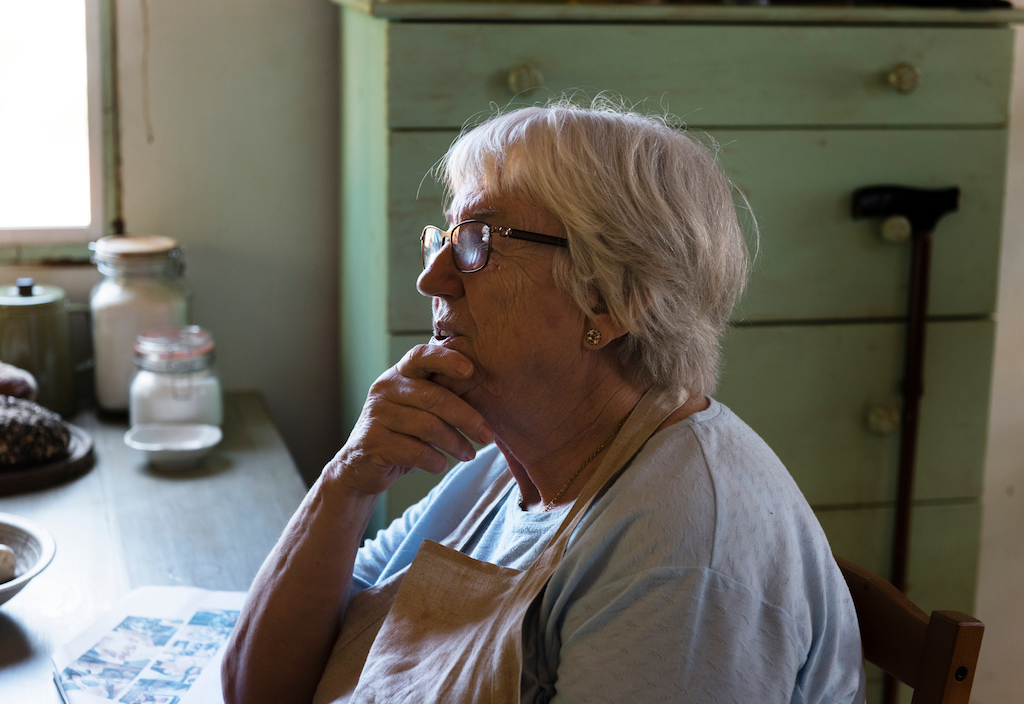
When people are born with a defective gene on chromosome 4, they experience a progressive brain disorder known as Huntington’s disease (HD), which causes uncontrolled limb movements, concentration issues, and depression. According to the Huntington’s Disease Society of America, symptoms usually manifest between the ages of 30 and 50 and grow progressively worse over a decade-plus time period. So don’t ignore this combination of symptoms if they’re plaguing you.
31
Alcohol abuse

In your 20s and 30s, an extra drink or six might not be a huge deal. But once you pass 40, it kind of is. Health issues associated with heavy drinking—cirrhosis, pancreatitis, and hypertension, not to mention psychological disorders—pose an issue.
And then there’s the risk of alcohol poisoning, which is significantly higher among older folks: According to the Centers for Disease Control and Prevention (CDC), 76 percent of alcohol poisoning deaths occur in individuals over 35.
32
Pancreatic cancer

Pancreatic cancer rarely affects folks under 45—but 2013 research published in the journal Pancreas revealed that the incidence of the disease begins to spike shortly after. Coupled with the fact that survival rates for pancreatic cancer remain devastatingly low, it’s crucial that people educate themselves on risk factors for the disease, including obesity and tobacco use, as they age.
33
Kidney disease

Kidney disease, like many other health concerns, is positively correlated with age. (Being over 60 significantly spikes your chances.) Scarier yet, the American Kidney Fund suggests that up to one in three individuals is at risk. The problem is that kidney disease can fail to present any symptoms until the organ has lost much of its function. Therefore, if you have other risk factors—diabetes, high blood pressure, heart disease—it’s especially essential to ask your doctor for a blood test.
34
Constipation

One 2015 study published in the journal Canadian Family Physician found that, among individuals over the age of 65, approximately 26 percent of women and 16 percent of men suffer from constipation. And what’s more, this frustrating happenstance can lead to serious health issues like hemorrhoids, fissures, and rectal prolapse.
35
Ulcers

According to research out of Harvard Medical School, duodenal ulcers—a sore in the lining of the small intestine—typically occur between the ages of 30 and 50 and are a bit more common in men than women. Stomach ulcers, on the other hand, are more likely to show up after 60 and tend to affect women more than men.
36
Colon cancer

The American Cancer Society estimates that, in the United States alone, more than 100,000 cases of colon cancer will be diagnosed this year, with men and women having about an equal risk (4.49 percent versus 4.15 percent, respectively).
While the prognosis for those who catch it early continues to improve, the disease still causes more than 50,000 deaths in the United States each year. And for those in their 40s and early 50s, that number is on the rise: Deaths from colorectal cancer among people younger than age 55 have increased 1 percent per year from 2007 to 2016.
37
Skin cancer
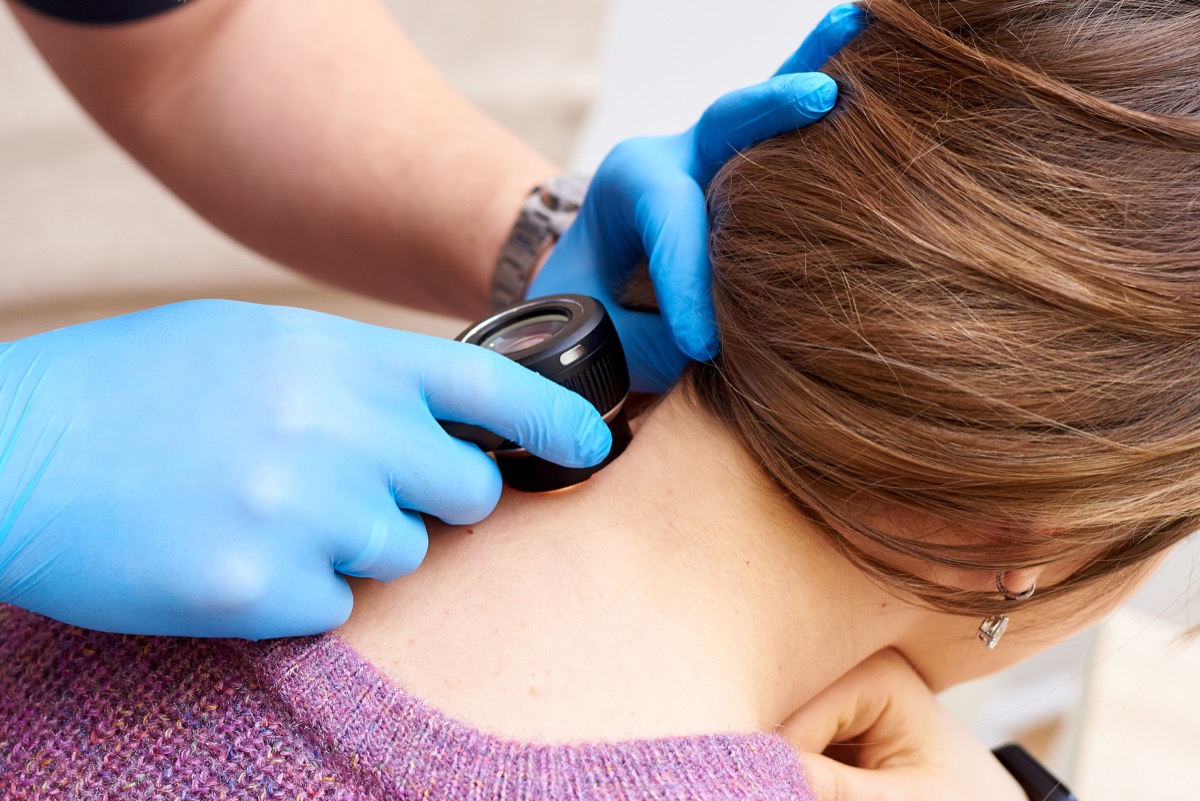
Currently, more than 50 percent of all cancers are diagnosed in individuals over the age of 65—and according to one 2017 study published in the journal Aging and Disease, older individuals with white skin are most at risk of developing skin cancer. Malignant skin cancers are primarily caused by external environmental factors (like sunburns and exposure to UV rays), so it’s important to make sure that you always take proper care when going outside.
38
Melanoma
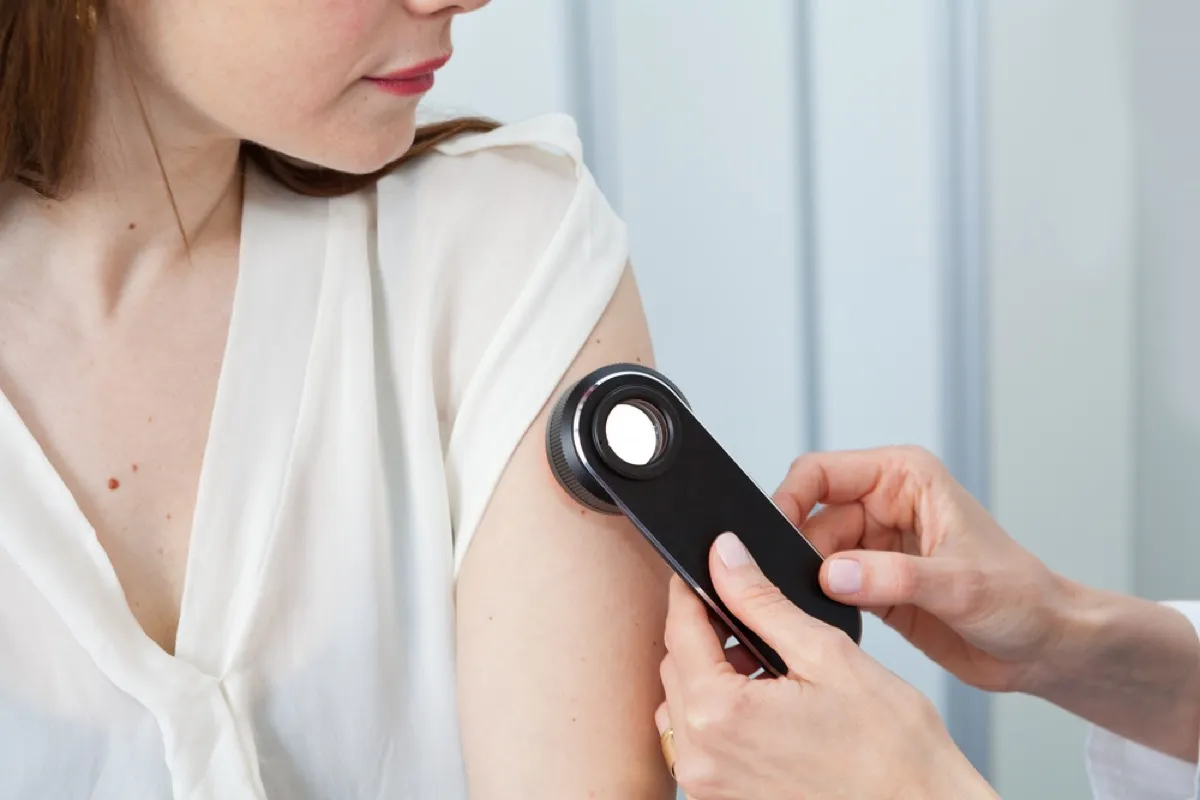
“Sun damage is cumulative,” says Dr. Joshua Zuckerman, MD, FACS. As a result, the risk of melanoma compounds and increases with age. In addition to wearing sunscreen regularly—including in the winter—people over 40 should be hyper-aware of any changes to their skin, such as newfound growths or discolorations.
39
HIV/AIDS
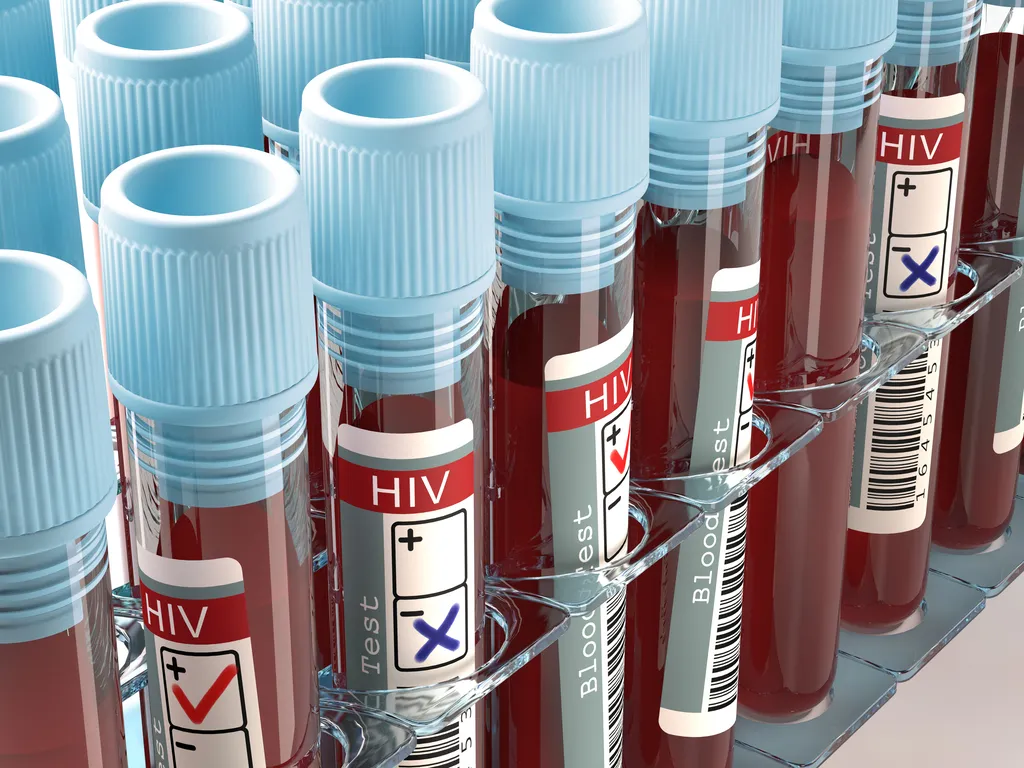
Though people between the ages of 25 and 29 are most likely to get HIV, individuals over the age of 50 actually accounted for 17 percent of all new HIV diagnoses in the United States in 2016, according to the CDC. Though we all have the same risk factors when it comes to HIV, older individuals don’t get tested as often and are therefore more likely than their younger counterparts to get diagnosed when the virus is in its later stages—meaning that the disease is much more likely to lead to serious damage and even death.
40
Midlife crisis
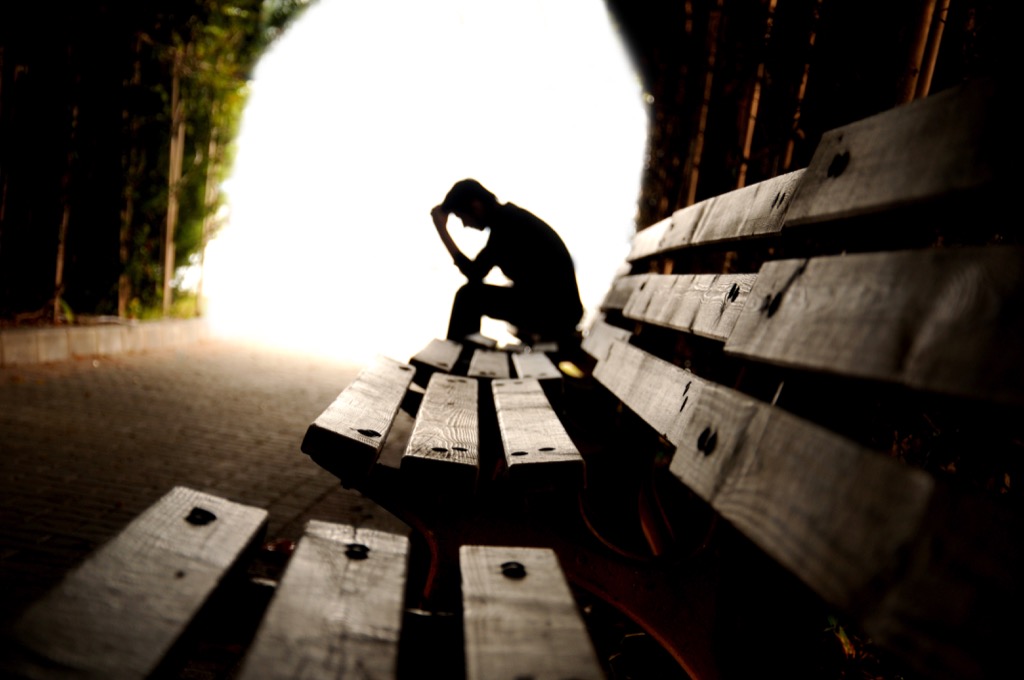
While generally treated as a sitcom punchline, a midlife crisis is anything but. Depression isn’t just something you can “snap out of”—it’s a bona fide medical condition. According to Johns Hopkins Medical, you’re more likely to develop it if you’re between the ages of 45 and 64. What’s more, those with depression are more likely to have CVD, lower back pain, arthritis, diabetes, and high blood pressure. Seeing as all of those conditions are more likely once you pass 40, depression is like the eye in a maelstrom of health risks.